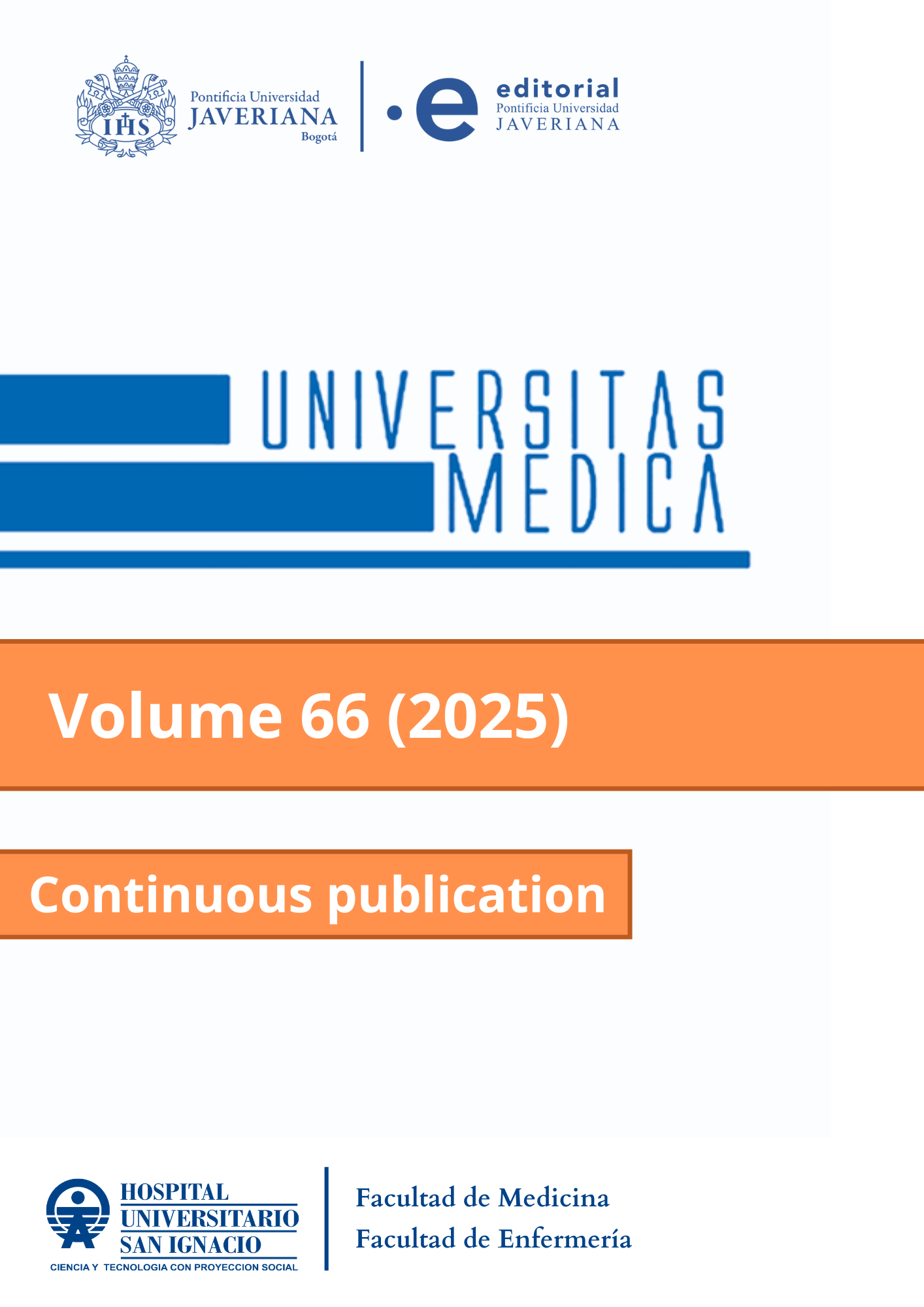Resumo
Introdução: Esta publicação procura mostrar a forma como os anestésicos inalatórios (sevoflurano e desflurano) são utilizados na prática habitual dos anestesistas nas salas de cirurgia de um hospital de alta complexidade, bem como o impacto ambiental da utilização destes anestésicos. . A importância desta informação reside na pegada de carbono dos anestésicos inalados, particularmente em termos de emissões de gases com efeito de estufa, o que representa uma preocupação crescente nos últimos tempos.
Metodologia: Estudo descritivo retrospetivo. Os dados foram obtidos a partir de um inquérito eletrónico implementado na plataforma REDCap, que foi preenchido voluntariamente por anestesiologistas para avaliar as práticas atuais relacionadas com a administração e eliminação de anestésicos inalatórios. A pesquisa foi realizada por um total de 40 anestesiologistas.
Conclusões: Os resultados realçam a perceção e as práticas existentes entre os anestesistas em relação à utilização de anestésicos inalatórios. Observou-se que a utilização do sevoflurano é aproximadamente 10 vezes mais frequente que a do desflurano na prática habitual dos anestesistas, principalmente pelo menor impacto ambiental e pelo menor custo que acarreta para o sistema de saúde. Os resultados permitem ter uma visão real e detalhada das práticas atuais e da atitude dos profissionais de saúde face à sustentabilidade ambiental, bem como sugerir estratégias específicas para mitigar o impacto ambiental dos anestésicos inalatórios em hospitais de alta complexidade. Da mesma forma, são discutidas possíveis medidas para promover práticas sustentáveis em ambientes hospitalares.
1. Ishizawa Y. General anesthetic gases and the global environment. Anesth Analg. 2011 Jan;112(1):213-7. https://doi.org/10.1213/ANE.0b013e3181fe02c2
2. Sulbaek Andersen MP, Nielsen OJ, Wallington TJ, Karpichev B, Sander SP. Assessing the impact on global climate from general anesthetic gases. Anesth Analg. 2012 May;114(5):1081-5. https://doi.org/10.1213/ANE.0b013e31824d6150
3. Ryan SM, Nielsen CJ. Global warming potential of inhaled anesthetics: application to clinical use. Anesth Analg. 2010 Jul;111(1):92-8. https://doi.org/10.1213/ANE.0b013e3181e058d7
4. Meyer MJ. Desflurane should des-appear: global and financial rationale. Anesth Analg. 2020 Oct;131(4):1317-22. https://doi.org/10.1213/ANE.0000000000005102
5. Self J. Calculating the carbon dioxide equivalent produced by vaporising a bottle of desflurane. Anaesthesia. 2019 Nov;74(11):1479. https://doi.org/10.1111/anae.14802
6. Tennison I, Roschnik S, Ashby B, Boyd R, Hamilton I, Oreszczyn T, et al. Health care's response to climate change: a carbon footprint assessment of the NHS in England. Lancet Planet Health. 2021 Feb;5(2):e84-e92. https://doi.org/10.1016/S2542-5196(20)30271-0
7. Sulbaek Andersen MP, Sander SP, Nielsen OJ, Wagner DS, Sanford TJ Jr, Wallington TJ. Inhalation anaesthetics and climate change. Br J Anaesth. 2010 Dec;105(6):760-6. https://doi.org/10.1093/bja/aeq259
8. Weller M. A general review of the environmental impact of health care, hospitals, operating rooms, and anesthetic care. Int Anesthesiol Clin. 2020 Fall;58(4):64-69. https://doi.org/10.1097/AIA.0000000000000295
9. Sherman J, Le C, Lamers V, Eckelman M. Life cycle greenhouse gas emissions of anesthetic drugs. Anesth Analg. 2012 May;114(5):1086-90. https://doi.org/10.1213/ANE.0b013e31824f6940
10. Soares AL, Buttigieg SC, Bak B, McFadden S, Hughes C, McClure P, et al. A review of the applicability of current green practices in healthcare facilities. Int J Health Policy Manag. 2023;12:6947. https://doi.org/10.34172/ijhpm.2023.6947
11. ASA Committee on Environmental Health. The environmental impact of inhaled anesthetics [internet]. Schaumburg, IL: American Society of Anesthesiologists (ASA); 2024 [actualizado 29 de enero de 2024]. Disponible en: https://www.asahq.org/about-asa/governance-and-committees/asa-committees/environmental-sustainability/greening-the-operating-room/inhaled-anesthetics
12. Park EJ, Bae J, Kim J, Yoon JU, Do W, Yoon JP, Shon HS, Kang Y, Kim HY, Cho AR. Reducing the carbon footprint of operating rooms through education on the effects of inhalation anesthetics on global warming: a retrospective study. Medicine (Baltimore). 2024 Mar 1;103(9):e37256. https://doi.org/10.1097/MD.0000000000037256

Este trabalho está licenciado sob uma licença Creative Commons Attribution 4.0 International License.
Copyright (c) 2025 Silvia Helena Galvis Navarrete, Reinaldo Grueso Angulo, Stela Del Pilar Baracaldo Gómez , Valeria Ojeda Silva , Ana María Ca´rdenas Arciniegas , Natalia Saade Cleves, Juan Diego Serrano Rivera



